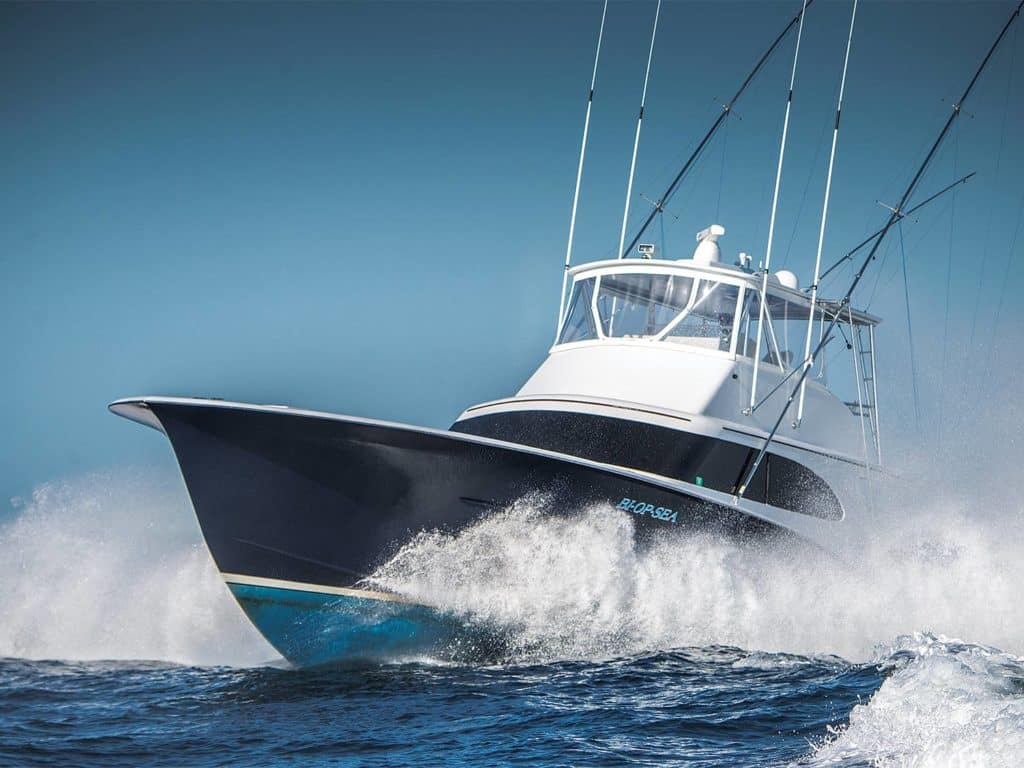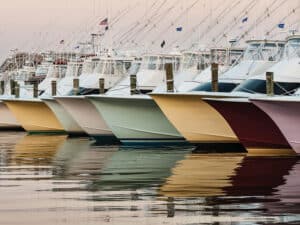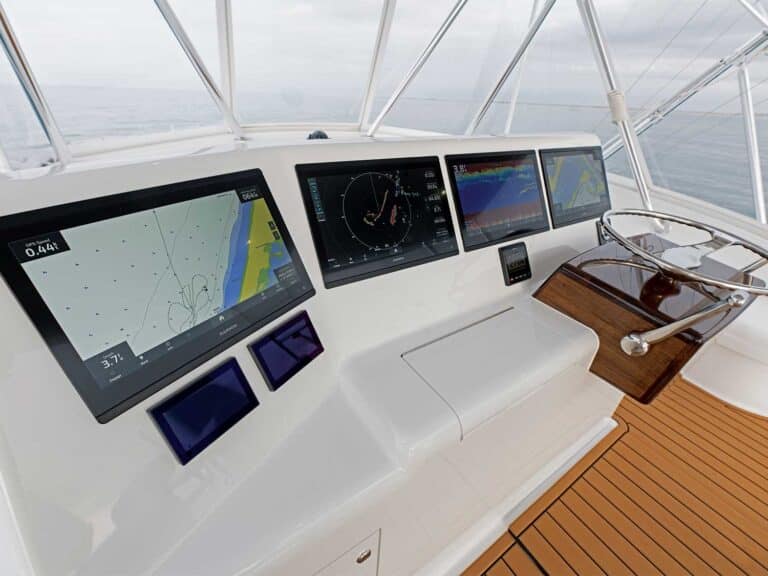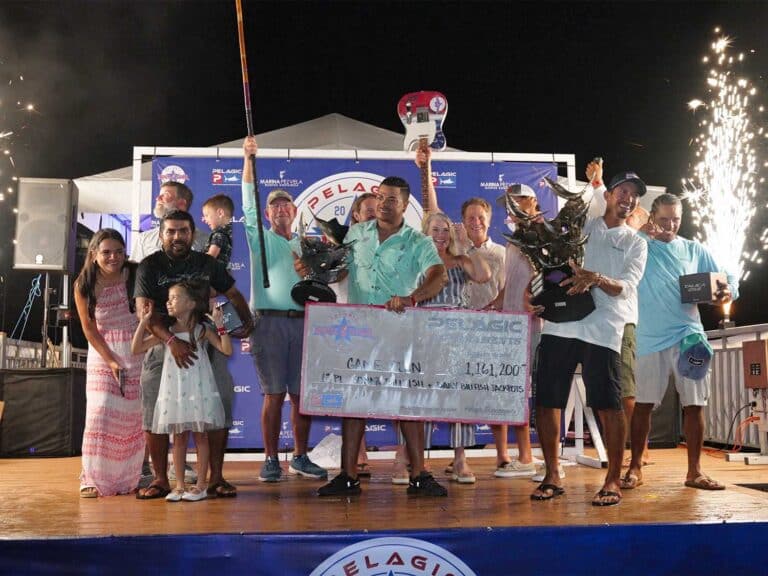
I have previously discussed the basic benefits and requirements of Coast Guard documentation—an additional part of the application process that involves endorsements, describing the type of activity in which a vessel is entitled to participate. Most sport-fishers are used solely for pleasure purposes. Others, however, might also engage in some form of commercial activity, whether it be charters, commercial fishing or other type of operation.
What are Endorsements?
According to 46 CFR § 67.3, an endorsement is an entry made on a Certificate of Documentation, which, except for a recreational endorsement, is conclusive evidence that a vessel is entitled to engage in a specific trade. There are four primary operational endorsements: recreational, fishery, coastwise and registry. All Certificates of Documentation must be issued with at least one endorsement, but vessels may bear simultaneous endorsements for recreation and multiple trades.
Watch: A belly-strip teaser is a great way to raise marlin and sailfish. Learn to rig one here.
Types of Endorsements
All vessels eligible for documentation are also automatically eligible for both a recreational and a registry endorsement. A recreational endorsement entitles a vessel to pleasure use only, which describes the usage for the majority of vessel owners. A registry endorsement entitles a vessel to employment in foreign trade. For example, a documented vessel might need a registry endorsement if it runs charters outside the United States.
A fishery endorsement entitles a vessel to employment in the fisheries and to land its catch, wherever caught, in the US. A coastwise endorsement entitles a vessel to employment in unrestricted coastwise trade and any other employment for which a registry or fishery endorsement is not required. As defined in 46 CFR § 67.3, coastwise trade includes the transportation of passengers between points embraced within the coastwise laws of the United States. As it relates to sport fishing, charter operations are the most common example of coastwise trade as enforced by the Coast Guard.
Endorsements entitle a vessel merely to participate in a specific trade; thus, a vessel with a fishery, coastwise or registry endorsement is subject to the other federal and state laws relating to permitting and licensing associated with a particular activity.
Restrictions
Vessels must be built in the US to obtain either a coastwise or a fishery endorsement. Otherwise, the Certificate of Documentation will be issued with No Coastwise and No Fishery restrictions.
There are also situations where endorsements are restricted due to lack of build evidence. Most boaters know that the chain of title for a vessel starts with a Manufacturer’s Statement of Origin or a Builder’s Certificate issued directly from the manufacturer. Occasionally, initial owners choose to obtain a state title rather than Coast Guard documentation. A subsequent owner who is transferred title through a bill of sale and wishes to document the vessel with the Coast Guard for the first time might be unable to provide build evidence directly from the manufacturer because the original Builder’s Certificate or MSO was provided to a state authority. In such a scenario, the applicant will likely receive a Certificate of Documentation with the following restrictions: 1) No Coastwise: Build Evidence Not Presented, and 2) No Fishery: Build Evidence Not Presented.
Read Next: An inside look at one of the sport’s most iconic destinations, Tropic Star Lodge.
Providing Build Evidence
There are ways to provide acceptable evidence of build information without the original Builder’s Certificate or MSO. The most obvious way, if available, is to provide a copy of the original MSO or Builder’s Certificate when applying for documentation. However, the Coast Guard still might require an original document rather than a scanned copy. In such a case, the applicant may obtain a Facts of Build Letter on the manufacturer’s letterhead signed by an officer or authorized individual of the company. The letter should contain the same information as a Builder’s Certificate. Owners should always be sure that they have the proper endorsements before engaging in any form of commercial operation. They should also inspect a vessel’s documentation prior to applying to ensure that there are not any listed restrictions, which might need to be removed in order to engage in a particular activity.
Raleigh P. Watson is a contributing author, and a Partner at Miller Watson Maritime Attorneys. This article originally appeared in the March 2022 issue of Marlin.







